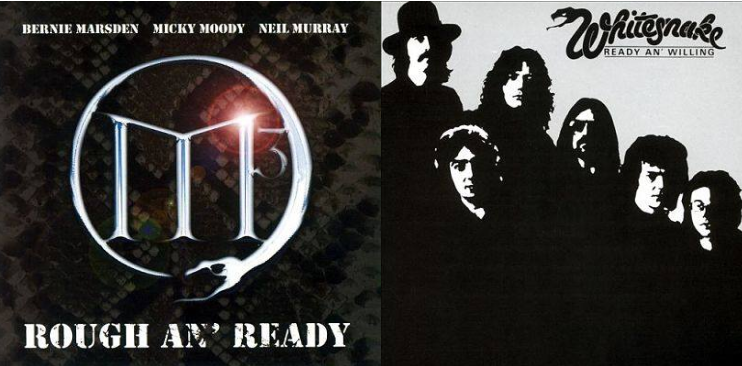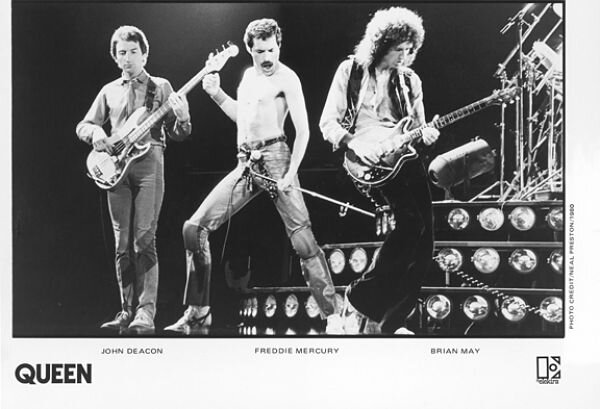Neil Murray (Whitesnake)


Photo courtesy of Neil Murray Facebook
By Thomas Semioli
A student at the London College of Printing who started out as a drummer, Scottish born Neil Murray passed on a career as a graphic designer for a rock and roll vocation which has worked out quite nicely – he has anchored several of the most influential artists in hard rock history.
Among the most in-demand bassists on stage and in the studio for three generations and counting, Neil’s “short list” of credits include one of the many underrated versions of Black Sabbath, along with Whitesnake, The Brian May Band, Gary Moore, Graham Bonnet, Cozy Powell, Peter Green, Bernie Marsden, Jon Lord, Micky Moody, Queen and Paul Rodgers, and the Michael Schenker Group to cite a very, very, very select few.
A chameleonic player Neil Murray’s versatility sets him apart from the metal motley – altering his tone and playing style as the situation warrants, drawing from prog-rock, rhythm & blues, pop, jazz fusion, soul and permutations thereof.

Dig Murray’s Jaco-esque tone and phrasing on the 1980 version of “Fool for Your Loving” https://youtu.be/PWJFjgcAhjQ
Dig Neil working the arena ballad pocket on Black Sabbath’s “Feels Good To Me” https://youtu.be/3xyQBxy5glE
Dig Neil working the pop rock pocket with Brian May “Since You’ve Been Gone” https://youtu.be/T3qqRZhWzDI
Dig Neil with British blues guitar legend Peter Green and Cozy Powell“The Green Manalishi” https://youtu.be/CVBToPOUFW4
Dig Neil with Bernie Marsden, Jon Lord, and Ian Paice “Look at Me Now” https://youtu.be/upn6KBoTvpM
Dig Tony Senatore’s rendition of Neil with Whitesnake “In the Still of the Night” and Neil’s response to Tony https://youtu.be/FgS7iQrjg1k
Neil Murray writes: thanks for doing the track, Tony – don’t blame me for the video! I wanted to check the fast riffs at the beginning, since almost no-one ever gets them 100% right. I realize it’s hard to make out, but I was happy to see that the first one is correct, with the high A note on the G string; however, the second part STARTS with the same A note, so it’s exactly the same as the first riff, just missing off the beginning Bb-B-C. Many people play both riffs the way you’ve played the second part, not playing the high A at all, which is wrong. I’ve been planning to do videos like yours of my own bass parts, though I’m worried about the copyright issues, plus I’d quite like to eventually earn some money from doing them, which seems to be a minefield! Towards the end of the song, I am playing some 16th-note runs all the way through, not just on the first couple of bars, which sadly are virtually inaudible in the mix, so I’ll try to show what I do on that part. I replaced the root & 5 chords as the start of the middle quiet section, with double-tracked fretless slides which gave a bit of Jaco-chorusing, but maybe my tuning was judged to be not perfect enough, so the original fretted version was used. I played a Kubicki ExFactor bass on this track, as far as I can remember. [A pedant writes: no ‘In The”, it’s just “Still Of The Night”].





